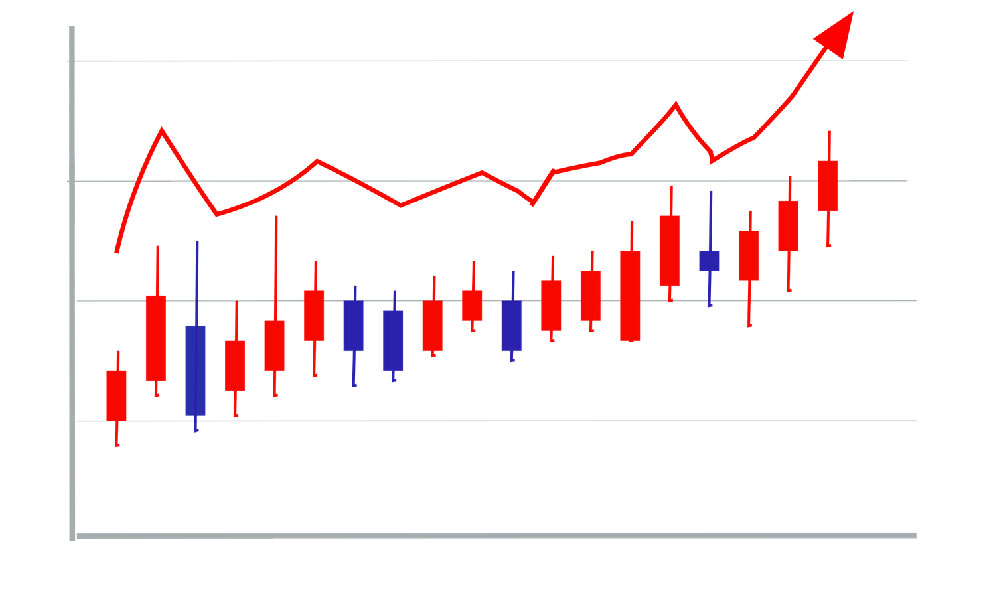
Investing in the stock market can be a powerful tool for wealth creation, but it can also seem daunting to newcomers. The key is to approach it strategically, with a clear understanding of the fundamentals and a well-defined plan. Before diving in, consider this: investing isn't gambling. It's about carefully assessing opportunities, understanding risk, and committing capital with a long-term perspective.
The initial step is self-assessment. Ask yourself, "What are my financial goals?" Are you saving for retirement, a down payment on a house, or a child's education? Knowing your objectives will determine your investment timeline and risk tolerance. A younger investor with decades until retirement can typically afford to take on more risk than someone closer to retirement. Consider your risk tolerance honestly. Are you comfortable seeing your portfolio fluctuate in value, or do you prefer a more stable, albeit potentially lower-return, approach? Understanding your comfort level will prevent panic selling during market downturns, a common mistake made by novice investors.
With your goals and risk tolerance in mind, the next step is education. There are countless resources available, from online courses and books to financial advisors. Learn about different investment vehicles, such as stocks, bonds, mutual funds, and ETFs (Exchange Traded Funds). Stocks represent ownership in a company, offering the potential for high growth but also carrying higher risk. Bonds are essentially loans to governments or corporations, generally considered less risky than stocks but offering lower returns. Mutual funds pool money from multiple investors to purchase a diversified portfolio of stocks, bonds, or other assets, offering instant diversification. ETFs are similar to mutual funds but trade on exchanges like stocks, offering greater liquidity and often lower expense ratios.

Delve into understanding financial statements. Learn to read balance sheets, income statements, and cash flow statements to assess a company's financial health. Key metrics like revenue growth, profit margins, debt-to-equity ratio, and return on equity can provide valuable insights into a company's performance and potential. While fundamental analysis is crucial, don't dismiss technical analysis entirely. Technical analysis involves studying price charts and using indicators to identify trends and potential entry and exit points. However, remember that technical analysis is not foolproof, and relying solely on it can be risky.
Choosing how to invest is the next hurdle. You have two primary options: actively managed investments or passively managed investments. Actively managed investments, like actively managed mutual funds, involve a fund manager who actively buys and sells securities in an attempt to outperform the market. These funds often come with higher fees. Passively managed investments, like index funds and ETFs, aim to track a specific market index, such as the S&P 500. These funds typically have lower fees and offer broad market exposure. For beginners, passively managed index funds and ETFs are often a good starting point due to their low cost, diversification, and simplicity.
Selecting individual stocks can be exciting, but it requires significant research and due diligence. Start by identifying industries you understand and companies with strong competitive advantages, sound management teams, and solid financial performance. Don't fall in love with a stock based on hype or short-term gains. Instead, focus on long-term growth potential and a sustainable business model. Diversification is paramount. Avoid putting all your eggs in one basket. Spread your investments across different sectors, industries, and asset classes to reduce risk. A well-diversified portfolio is less vulnerable to the fluctuations of any single investment.
Opening a brokerage account is necessary to buy and sell stocks. Several online brokers offer commission-free trading, making it easier and more affordable to get started. Compare brokers based on fees, account minimums, research tools, and customer service. Once you have an account, you can fund it and start placing trades. Begin with small investments to get comfortable with the process and avoid making costly mistakes.
Developing a long-term investment strategy is crucial. Don't try to time the market. Market timing is notoriously difficult, even for experienced investors. Instead, focus on consistently investing over time, regardless of market conditions. Dollar-cost averaging, where you invest a fixed amount of money at regular intervals, can help mitigate risk by averaging out your purchase price.
Regularly review your portfolio and rebalance it as needed. Rebalancing involves selling some assets that have performed well and buying assets that have underperformed to maintain your desired asset allocation. This helps to ensure that your portfolio remains aligned with your goals and risk tolerance. The market is constantly evolving, and so should your knowledge. Stay informed about economic trends, industry developments, and company news. Read reputable financial publications, follow expert analysts, and continue to learn about investing.
Be aware of the common pitfalls. Avoid chasing hot stocks or get-rich-quick schemes. If it sounds too good to be true, it probably is. Beware of high fees and commissions, which can eat into your returns over time. Don't let emotions guide your investment decisions. Fear and greed can lead to impulsive actions that can damage your portfolio. Finally, remember that investing involves risk. There is no guarantee of returns, and you could lose money. However, by following these steps and approaching investing with a disciplined and informed approach, you can significantly increase your chances of success and achieve your financial goals. Consider consulting with a qualified financial advisor for personalized advice tailored to your specific circumstances. Their expertise can be invaluable in navigating the complexities of the stock market and developing a sound investment strategy.





